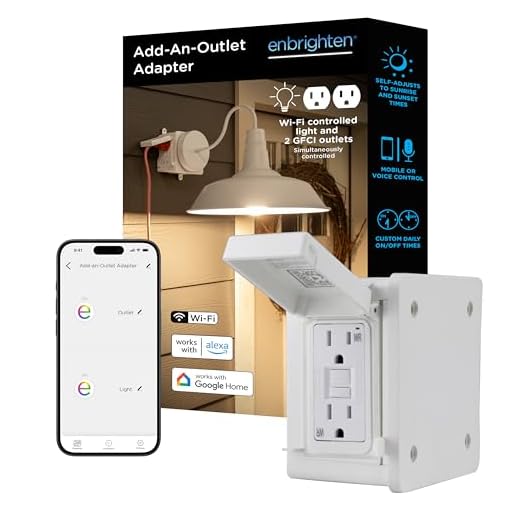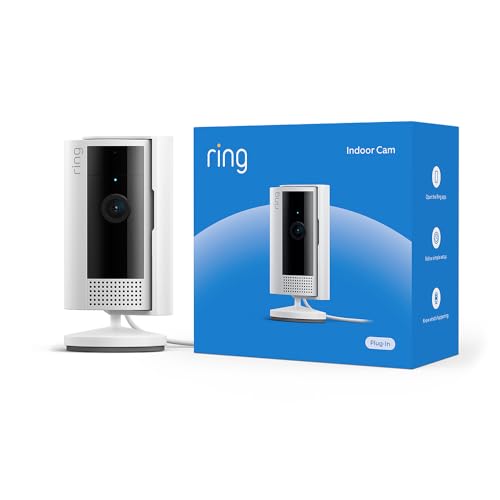




Keeping your home safe and secure is a top priority for many homeowners. One effective way to enhance the security of your property is by installing wireless outdoor security cameras. These cameras provide you with a 24/7 surveillance system that can help deter burglars and provide valuable evidence in case of any incidents.
Installing wireless outdoor security cameras may seem like a daunting task, but with the right tools and knowledge, you can easily set them up yourself. In this article, we will guide you through the step-by-step process of installing wireless outdoor security cameras at your home, ensuring that you have peace of mind knowing your property is protected.
From choosing the right camera to mounting it in the optimal location, we will cover everything you need to know to set up your wireless outdoor security cameras effectively. By following our expert tips and instructions, you can enhance the security of your home and enjoy greater peace of mind knowing that your property is well-protected.
Step-by-Step Guide to Installing Wireless Outdoor Security Cameras
Installing wireless outdoor security cameras can enhance the security of your home and provide peace of mind. Follow these steps to set up your cameras:
Step 1: Choose the Right Location
Decide where you want to install the cameras for optimal coverage. Make sure they are placed high enough to avoid tampering and have a clear view of the area you want to monitor.
Step 2: Mount the Cameras
Use the mounting brackets or screws provided with the cameras to secure them in place. Ensure they are weatherproof if they will be exposed to the elements.
| Step | Instructions |
|---|---|
| Step 3 | Connect the cameras to a power source or insert batteries if they are battery-operated. |
| Step 4 | Sync the cameras with your home’s Wi-Fi network following the manufacturer’s instructions. |
| Step 5 | Install the accompanying app on your smartphone or computer to view the camera feed remotely. |
| Step 6 | Adjust the camera settings, such as motion detection sensitivity and recording preferences, to suit your needs. |
| Step 7 | Test the cameras to ensure they are functioning correctly and capturing the desired footage. |
By following these steps, you can effectively install wireless outdoor security cameras to protect your home and loved ones.
Choosing the Right Camera
When selecting wireless outdoor security cameras for your home, there are several factors to consider to ensure you choose the right one for your needs.
1. Resolution: Look for cameras with high-definition resolution to capture clear images and video footage.
2. Field of View: Consider the camera’s field of view to ensure it covers the desired area effectively.
3. Night Vision: Opt for cameras with infrared night vision capabilities for around-the-clock surveillance.
4. Weather Resistance: Choose cameras that are weatherproof and designed to withstand outdoor elements.
5. Power Source: Decide whether you prefer battery-powered cameras or those that require a constant power source.
6. Connectivity: Check the camera’s connectivity options, such as Wi-Fi or Bluetooth, to ensure easy installation and monitoring.
7. Motion Detection: Look for cameras with motion detection technology to alert you of any suspicious activity.
8. Storage: Determine if the camera offers cloud storage or local storage options for saving recorded footage.
By considering these factors, you can select the right wireless outdoor security camera that meets your home security needs.
Deciding on Camera Placement
When installing wireless outdoor security cameras at home, it’s crucial to carefully decide on the placement of the cameras to ensure optimal coverage and security. Here are some key factors to consider:
1. Entry Points
Place cameras near all entry points to your home, such as doors and windows, to capture any potential intruders trying to gain access.
2. Vulnerable Areas
Identify vulnerable areas around your property, such as dark corners, blind spots, or areas with valuable items, and ensure these areas are covered by cameras.
Setting Up the Camera System
Once you have chosen the right location for your wireless outdoor security camera, it’s time to set up the camera system. Follow these steps to ensure a successful installation:
1. Mounting the Camera
Use the mounting kit provided with the camera to securely attach it to the chosen location. Make sure the camera is facing the area you want to monitor and that it is positioned at the right angle for optimal coverage.
2. Connecting the Camera
Connect the camera to a power source using the included power adapter. If your camera is wireless, follow the manufacturer’s instructions to connect it to your Wi-Fi network. Make sure the camera is properly connected and powered on before proceeding.
| Tip: It’s recommended to test the camera’s functionality before finalizing the installation to ensure everything is working correctly. |
Mounting the Cameras
Before mounting the wireless outdoor security cameras, carefully choose the locations to ensure optimal coverage of your property. Look for areas with a clear view and minimal obstructions.
Step 1: Use the mounting template provided with the camera to mark the screw holes on the wall or ceiling.
Step 2: Drill pilot holes at the marked locations to make it easier to screw in the mounting brackets.
Step 3: Attach the mounting brackets to the wall or ceiling securely using the appropriate screws and anchors.
Step 4: Carefully mount the camera onto the bracket, making sure it is securely in place.
Step 5: Adjust the angle of the camera to capture the desired area and tighten the screws to lock it in position.
Repeat these steps for each wireless outdoor security camera you plan to install, ensuring they are all securely mounted and properly positioned for maximum effectiveness.
Connecting Cameras to Power
After placing your wireless outdoor security cameras in the desired locations, the next step is to connect them to power. Most wireless cameras come with a power adapter that needs to be plugged into an electrical outlet. Make sure to position the cameras within reach of a power source to avoid any inconvenience. If you prefer a more discreet setup, you can use extension cords or outdoor-rated power cables to connect the cameras to power sources further away.
Connecting Cameras to Wi-Fi
Once you have positioned your wireless outdoor security cameras, it’s time to connect them to your Wi-Fi network for remote access and monitoring. Follow these steps to ensure a successful connection:
Step 1: Access Camera Settings
First, ensure that your camera is powered on and within range of your Wi-Fi signal. Access the camera settings either through a mobile app or a web interface using a computer or smartphone.
Step 2: Select Wi-Fi Network
In the camera settings, locate the Wi-Fi network settings and select your home Wi-Fi network from the list of available networks. Enter your Wi-Fi password when prompted to establish the connection.
Once the camera is successfully connected to your Wi-Fi network, you can access live footage and alerts remotely through the camera’s app or web interface.
Testing Camera Functionality
After installing your wireless outdoor security camera, it is essential to test its functionality to ensure that it is working correctly. Follow these steps to test your camera:
1. Power On the Camera
Make sure the camera is properly powered on by checking the power source and any indicator lights on the camera.
2. Check the Camera Feed
Access the camera feed on your mobile device or computer to see if the camera is capturing a clear image of the outdoor area you want to monitor.
| Functionality | Steps |
|---|---|
| Camera Rotation | Test the camera’s ability to rotate and cover different angles. |
| Night Vision | Check if the camera’s night vision feature works in low-light conditions. |
| Motion Detection | Trigger motion near the camera to ensure that the motion detection feature is working. |
By testing these functions, you can confirm that your wireless outdoor security camera is set up correctly and ready to monitor your home’s surroundings effectively.
Maintaining Your Security System
Once you have installed your wireless outdoor security cameras, it is important to regularly maintain them to ensure they function properly. Here are some tips for maintaining your security system:
1. Check camera placement: Regularly inspect the positioning of your cameras to ensure they are capturing the desired areas. Adjust the angle and direction as needed to optimize coverage.
2. Clean the lenses: Keep the camera lenses clean from dirt, dust, and debris. Use a soft cloth to gently wipe the lenses to maintain clear image quality.
3. Test the system: Periodically test the functionality of your security system by reviewing footage, checking notifications, and ensuring all components are working correctly.
4. Replace batteries: If your cameras are battery-powered, monitor the battery levels and replace them as needed to prevent camera downtime.
5. Update software: Stay up to date with firmware updates for your cameras and security system to ensure they are equipped with the latest features and security patches.
6. Secure connections: Regularly check the connections between your cameras, router, and monitoring devices to ensure they are secure and functioning properly.
By following these maintenance tips, you can help prolong the lifespan of your wireless outdoor security cameras and keep your home safe and secure.






